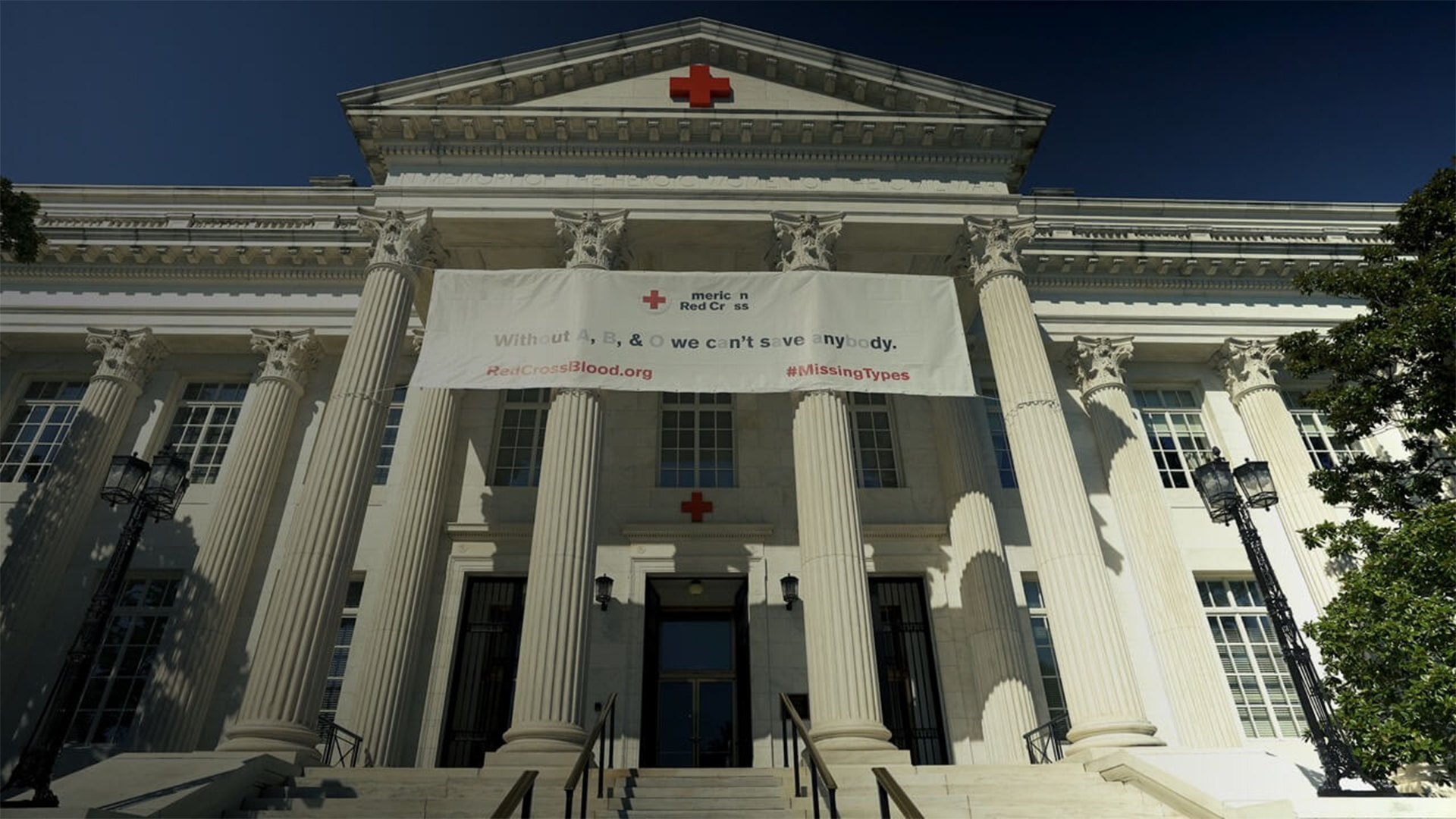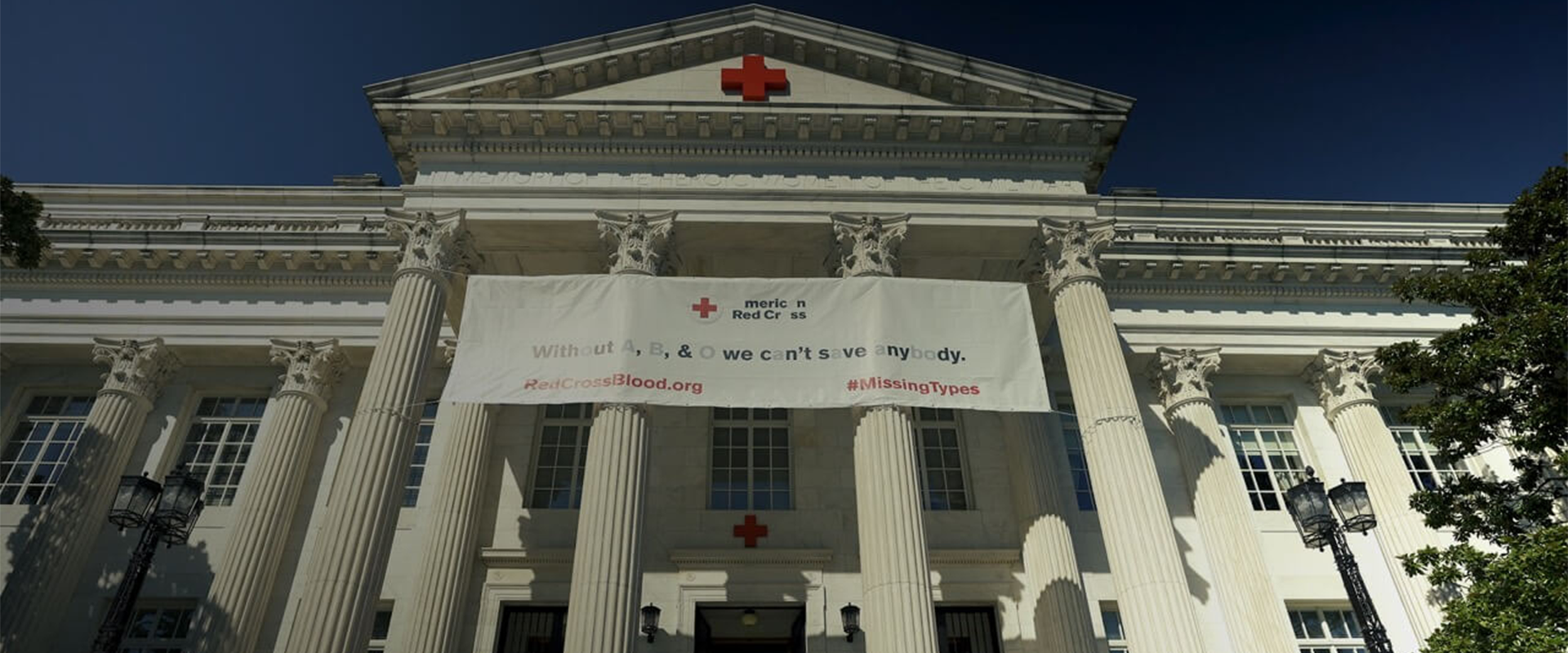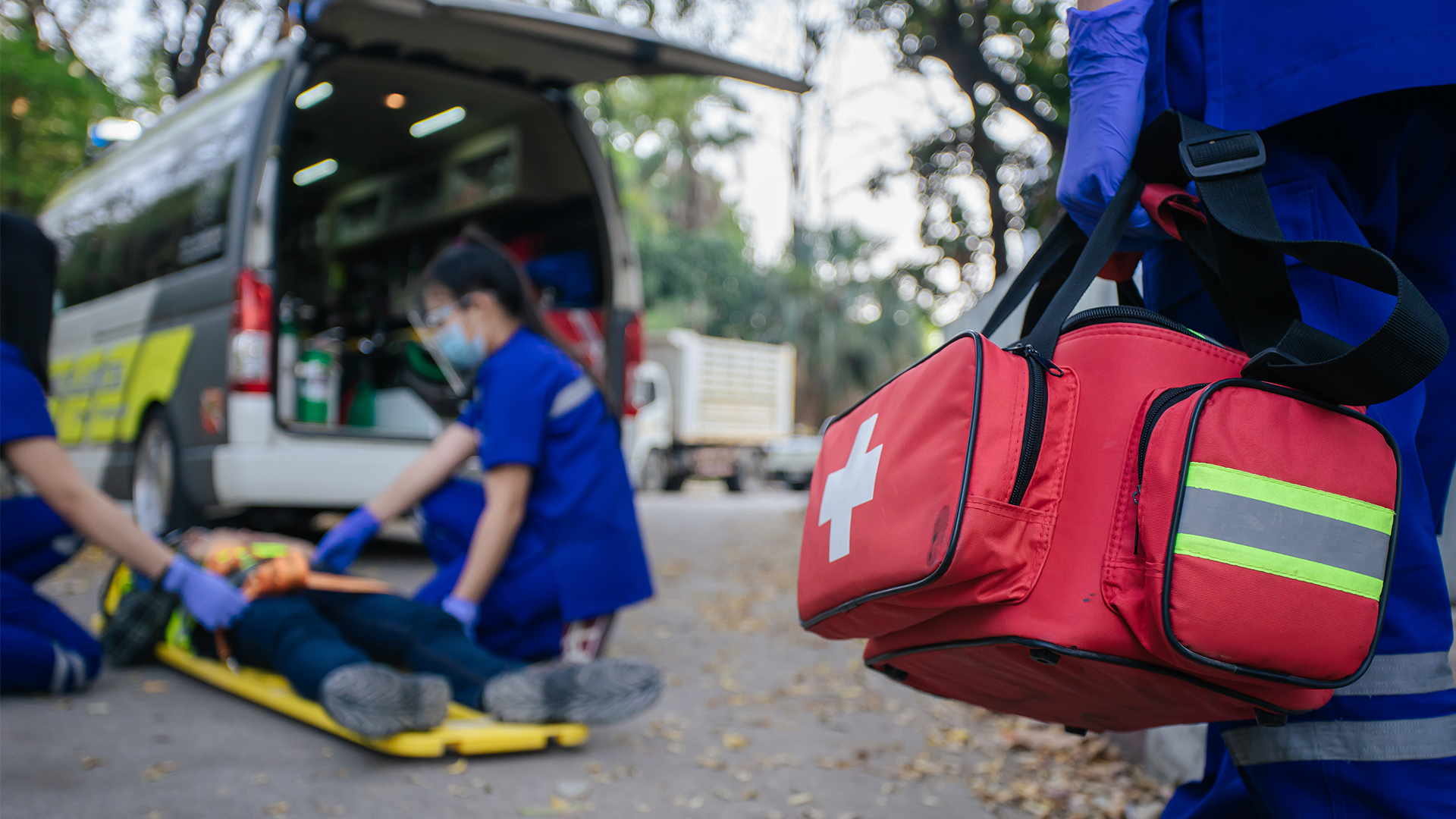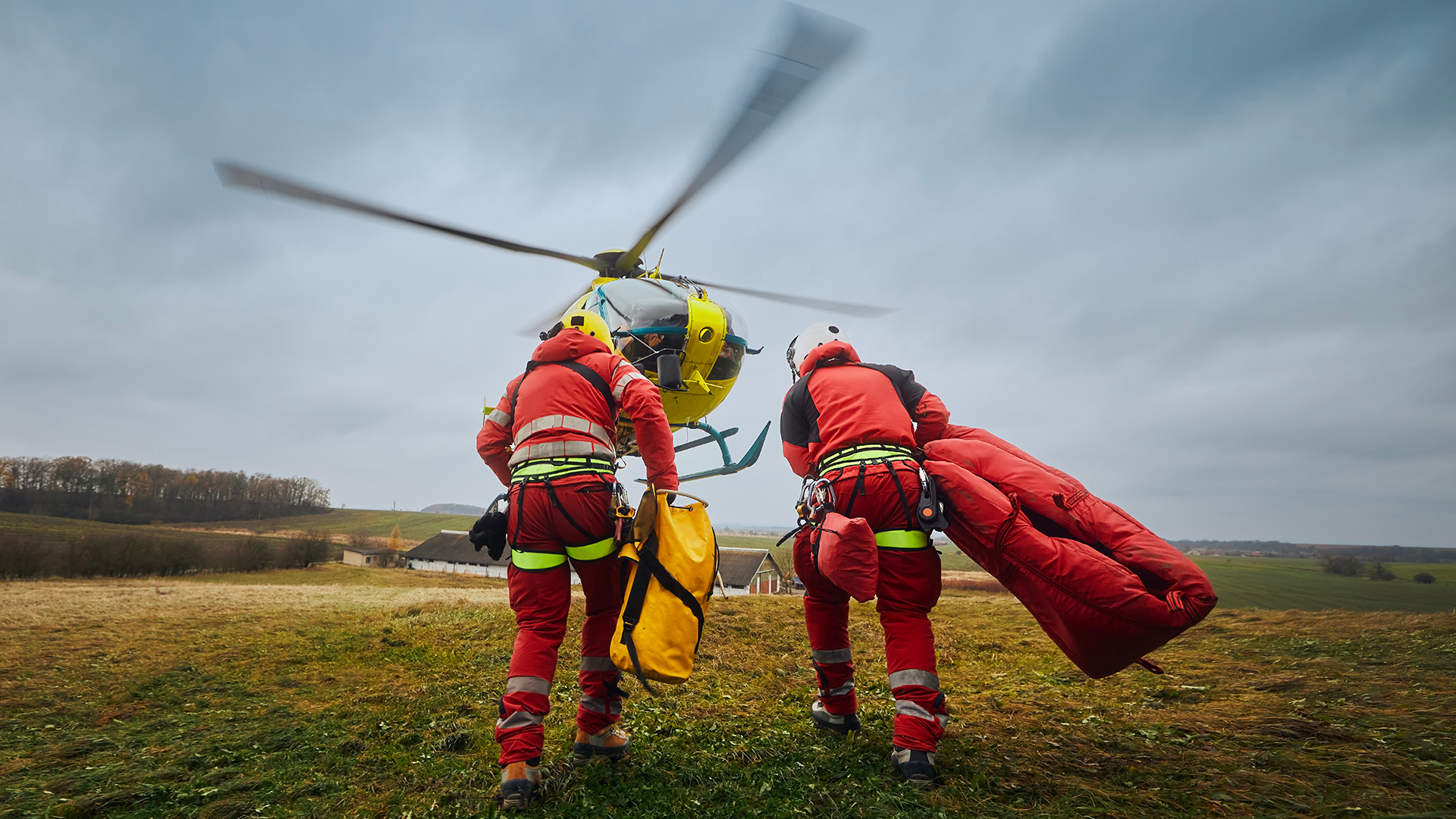Today, BlackBerry AtHoc supports 85% of the United States Federal Government, including FEMA. This means FEMA can now communicate effectively not just with its non-profit partners like the American Red Cross, but with multiple other first responders and government agencies they work with as well.
— Dubhe Beinhom, Vice President of Sales and Customer Success, BlackBerry AtHoc


A Humanitarian Mission
When a disaster occurs, the Red Cross’s disaster relief teams are there to provide a wide range of services including shelters, food, emotional support, first aid, and emergency relief supplies. It also works closely with government agencies and communities to coordinate response and recovery efforts.
“A lot of people forget that disaster relief involves more than getting boots on the ground immediately after a crisis – you also need to help families and communities recover over the long term,” explains Kieserman. “In the weeks and months after a disaster, the Red Cross brings groups and agencies together to help those affected get back on their feet, while supporting large-scale, longerterm recovery efforts as well.”
One of the Red Cross’s Fundamental Principles is impartiality, which means that the organization provides aid to everyone impacted by a disaster, regardless of demographic or citizenship status. Supported entirely by its donors and volunteers, the Red Cross is not a government agency or a for-profit business: it puts the well-being of the people it serves above all else.
Part of that, notes Kieserman, involves cybersecurity.
“Privacy and security are essential for an organization like the American Red Cross,” he explains. “We cannot carry out our mission without the ability to protect the sensitive data of those we serve. Whether it’s personal information about a disaster, casework related to a health condition, or damage assessment of homes and communities, we need to maintain data security.”
“Without it, there is no trust,” he continues. “Without trust, we cannot help those who need us.”
The Search for Effective Crisis Communication
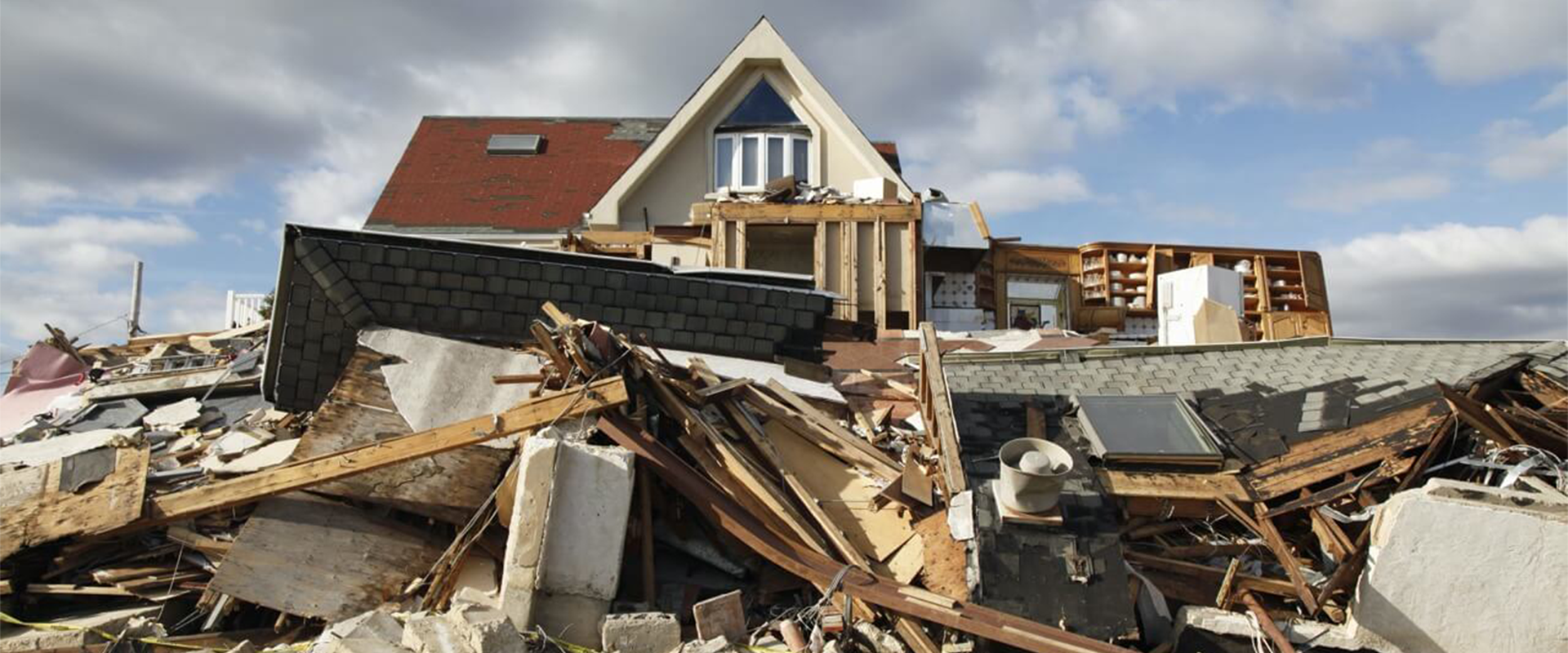
Both during and in the wake of a crisis, effective communication is priority one. It’s necessary to stay connected with relief teams. It’s required to keep volunteers out of harm’s way. And it’s a cornerstone of coordination between emergency responders, partnered agencies, and the community.
“As a leader in a crisis, the first priority is to make sense of what’s going on around you,” explains Kieserman. “We first identify who is suffering, which then allows us to focus on getting them what they need, when they need it, and where they need it - that’s fundamentally rooted in strong communications.”
“The second and third priorities involve coordination with our team, our partners, and the public,” he continues. “This, too, involves continuous communication - in disaster relief, decision-making is all about collaboration; about helping those affected by disasters understand and make sense of their situation.”
“This continuous communication brings us to our fourth priority: helping communities get back to normal,” says Kieserman. “There are hundreds of responders, and thousands of daily tasks involved in this recovery, all of which require effective internal and external communication.”
“Our final priority in a crisis is to learn,” Kieserman concludes. “As a learning organization, the Red Cross has made great strides over the past few years to introduce stronger technology solutions into everything we do. Communication in an emergency all comes down to speed, and how quickly one disseminates directives and alerts is the difference between a good response and a great one.”
It was with this in mind that the Red Cross began searching for a crisis communications platform – a search which would eventually lead it to BlackBerry® AtHoc®.
A software-based solution that can be deployed either behind an organization’s firewall on-premise or in our FedRAMP Cloud, BlackBerry AtHoc enables customers to reach people instantly via multiple communications channels. It features robust message tracking functionality, real-time feedback and response tracking, and the ability to quickly account for staff during an emergency.
The Beginning of an Incredible Partnership
“It was clear from the beginning that the Red Cross wanted a partnership,” explains Dubhe Beinhorn, Vice President of Sales and Customer Success, BlackBerry AtHoc. “We worked very hard to give them that – we collaborated at every level of the organization, from senior leadership down to operators. We have an account relationship manager dedicated to the organization who speaks with its operators on a daily basis to ensure their success.”
The Red Cross, says Beinhorn, is unique for the fact that no two scenarios it responds to are exactly alike. The emergencies it deals with are unpredictable and dynamic. Though the organization has baseline disaster response and recovery processes, it must nevertheless be flexible in fulfilling its mission.
“As emergencies never unfold in the same way, the organization needs to stay in constant communication – they need to be able to respond immediately when a situation changes, because it will,” Beinhorn explains. “That unpredictability also means they need an enormous amount of flexibility in how they communicate with one another. On top of that, they need to do it incredibly quickly.”
If there’s one thing Beinhorn is familiar with, it’s crisis communications. She has worked with the BlackBerry AtHoc platform for more than fourteen years now, collaborating extensively with federal agencies across the United States. She was also one of the people who initially spearheaded our relationship with the Red Cross.
“It was about seven years ago that we first started working with the Red Cross,” Beinhorn recalls. “Initially, we helped them develop an extensive list of criteria for a crisis communication platform. This resulted in a very meticulous and detailed proposal – they weren’t leaving anything to chance when it came to their mission.”
The Red Cross needed a highly reliable solution with a user-friendly interface, and one that was capable of sending alerts through text, phone, and email alike. This solution needed to be able to account for its audience – to know where recipients were and whether or not they’d received a particular alert. Finally, it needed to be highly-secure, so as to mitigate the risk of sensitive data being compromised in a crisis scenario.
BlackBerry AtHoc fulfilled every single one of the organization’s requirements.
Once the decision to use BlackBerry AtHoc was finalized, we worked with the Red Cross to help them deploy and implement the solution. We worked extensively with them to help train their staff. We also collaborated with leadership to create an operations guide and populate a library of alerts.
“There was a cadence established, and a ton of great working relationships,” says Beinhorn. “I’m incredibly proud of the partnership BlackBerry has with the Red Cross – a partnership we continue to cherish to this day.”


AtHoc in Action
Since the deployment of BlackBerry AtHoc, it has become an essential part of the Red Cross’s day-to-day operations. The organization primarily uses it to provide arrival instructions to responders deployed to disaster relief operations. Each worker that deploys receives an automated email and voice call providing them with details of what to do upon arrival. Throughout the course of their deployment, the Red Cross uses AtHoc to conduct workforce care surveys with these volunteers aimed at ensuring each one has the best possible humanitarian experience.
The Red Cross also uses the platform to send safety messages to workers deployed on relief operations experiencing additional impacting events. The organization first used the system in this way during its response to Hurricane Harvey. At that time, severe weather struck an area in which relief workers were deployed – through BlackBerry AtHoc, those employees were kept out of harm’s way.
Finally, several of the Red Cross’s disaster teams have static distribution lists that automatically connect them to recurring conference calls. The organization also has a distribution list for its Disaster Operations Coordination Center in case there’s a large-scale event for which all leadership needs to be present.
“We use BlackBerry AtHoc for every single deployment, and we do at least 20,000 deployments a year,” says Kieserman. “Over the last few years, we’ve sent out an average of 2000+ alerts and 100,000+ unique messages on an annual basis. It’s safe to say that without BlackBerry AtHoc, it would be challenging to achieve our mission on the scale that we have.”
Currently, BlackBerry AtHoc covers about 36,000 people in the Red Cross. That said, there are plans in the works for expansion. The American Red Cross is, after all, part of a global network – and to that end, BlackBerry is working with the American Red Cross to leverage and apply its success with BlackBerry AtHoc on an international scale.
“We’ve shared the system with our partners in the international Red Cross organization,” adds Kieserman. “We’re also looking at other opportunities within the American Red Cross to share AtHoc. We’re seeing a lot of non-emergency groups expressing interest in the platform as a means of communicating with larger groups and in small-scale events.”
A Worthy Cause
Both during and after a disaster, the most important asset is time. Being able to quickly determine who needs help and where they are is imperative. And that’s exactly what BlackBerry AtHoc allows the American Red Cross to do.
Because the organization can communicate securely and efficiently through AtHoc, it can coordinate its response and relief efforts with far greater effectiveness than before. Volunteers know exactly where to direct their efforts, and the Red Cross can keep them out of harm’s way in the process. This means greater safety, faster delivery of aid, and ultimately, significantly less human suffering.
In this way, BlackBerry is honored to assist the Red Cross in their humanitarian mission and we look forward to further strengthening our partnership.
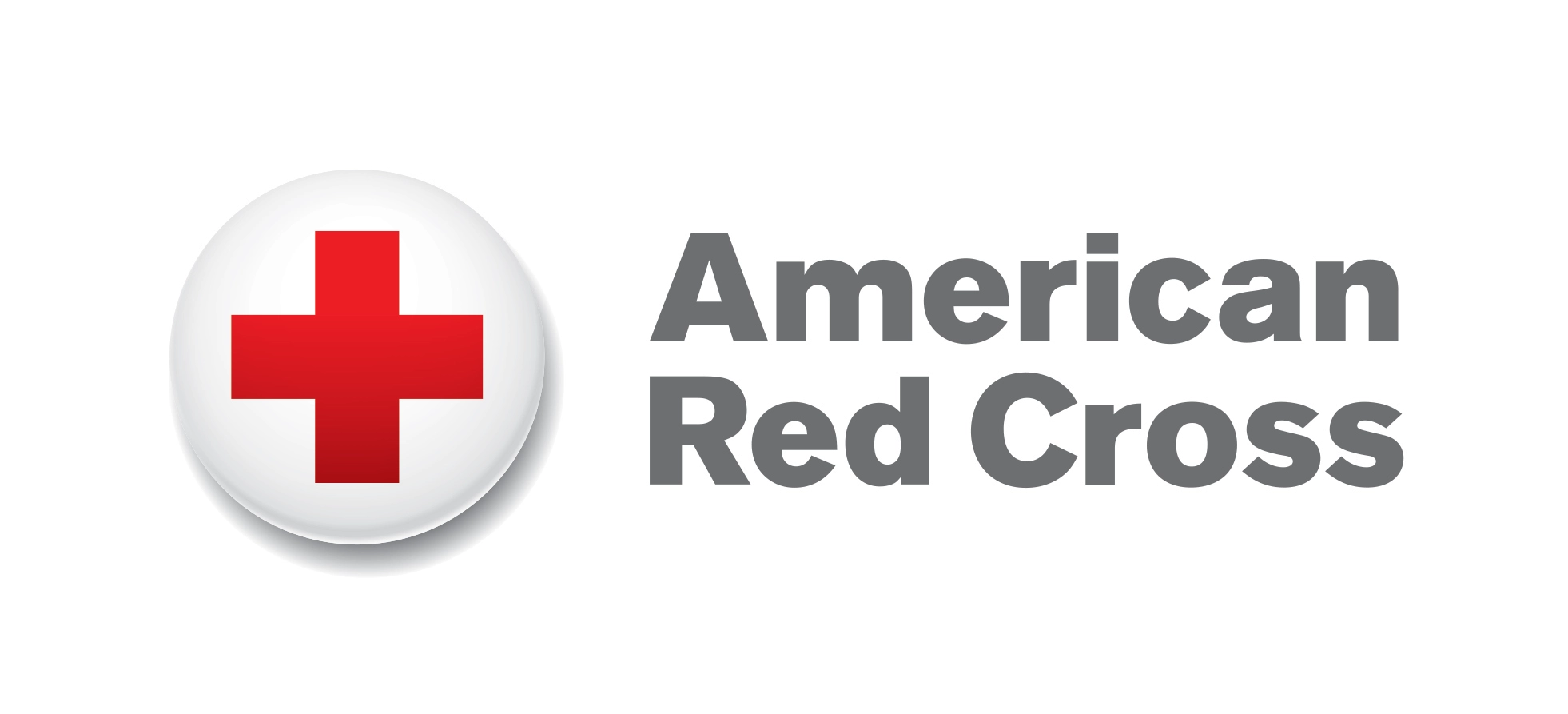
Industry
Location
Products
Website
